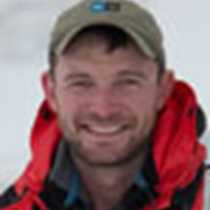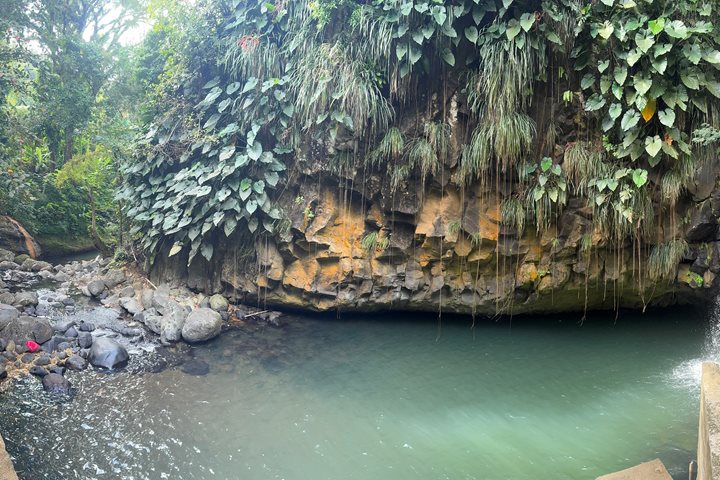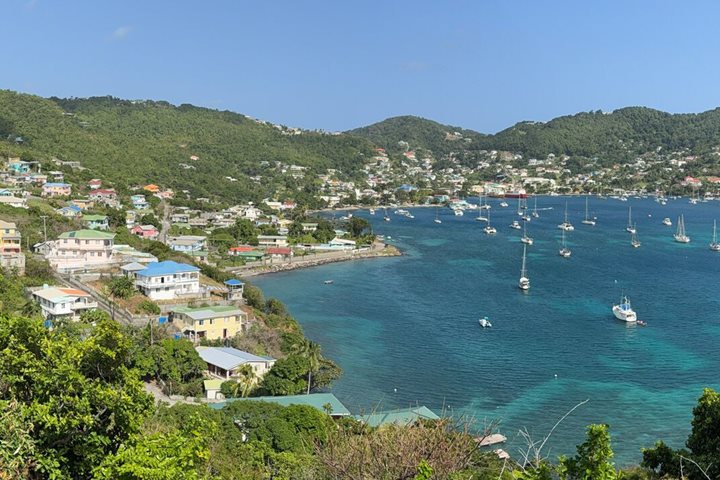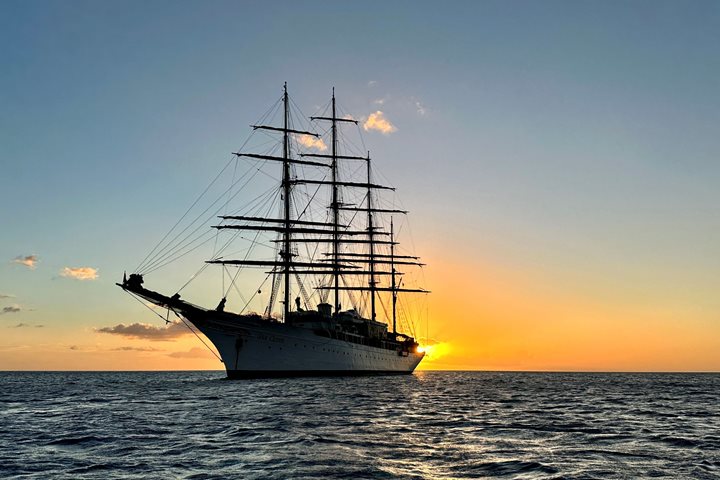We motored into Admiralty Bay, Bequia at 6:20 a.m. and dropped anchor just off the village of Port Elizabeth. The Hamilton Battery was on our port side and the beautiful Lower Bay and Princess Margaret Beach on starboard. The name Bequia appears to be Amerindian meaning the “Island in the Clouds.” Its name rang so true this morning as the clouds were hovering directly about the island. We had a full day ahead of us.
Bequia was settled first by the Taino and then the Carib Indians. French and Scots settlers were brought over as indentured servants in the early 18th century and they have remained. Names of those early settlers, like Davis and Olíver, still persist and everyone of Bequia seems to be some degree of cousin. Like all the islands we have visited, however, the races did mix. Here in Bequia we have the origin of a unique group of people known as Garafuna, resulting from a Carib/African mix. They are sometimes called Black Carib. The word Garafuna may be a dialect pronunciation of Caribe-fumè with fumè (smoke) suggesting the darkening of the skin when the races mixed. These people were forced off the island of St. Vincent and placed as captives on the tiny islet called Baliceaux, a neighbor isle of Mustique. They were finally settled by the British in what is today Belize and Honduras.
After breakfast, we took our tenders in to Port Elizabeth and boarded open pick-up trucks for our first stop, Mount Pleasant. From the top of Mount Pleasant, we could see Mustique to our south and east where many of the globetrotters of the world (i.e. Princess Margaret, Mick Jagger, Prince William and Princess Kate) have homes and vacation. Our wonderful guides introduced the subject of whaling, which still takes place here. The International Whaling Commission allows Bequia to take four whales a year and the best season is the early spring. They hunt the whales in the traditional manner in 27’ open skiffs powered only by sail and with hand-thrown harpoons. It can be very dangerous work. Such hunting is considered subsistence and since it was not mechanized and practiced for centuries they have been allowed to continue. Many years they get no whales. Before we left, our guides sang us a traditional island whaling song called Blow, Blow, Blow.
We then hopped back on our formidable pick-ups and were off to our scenic drive around the island to Brother Orton King’s Old Hegg Turtle Sanctuary. Brother King is a former commercial turtle fisherman who some years ago came to the realization that the turtles, fish and reefs, which he knew as a child, were being destroyed by overfishing and other exploitative industries. Brother King vowed to help serve the turtles and so began to raise recently hatched hawksbill and green turtles in pools until they are more mature and able to fend for themselves. To date he has released 935 turtles!
Some of us visited the “Rasta” fruit and vegetable market and others the model ship makers’ shops. The shipbuilders of Bequia are amongst the best in the Caribbean. Back at the harbor we boarded Zodiacs and some went to Jack’s Bar, a wonderfully welcoming restaurant bar right on the sea for fruit and rum punches. A good number of punches were drunk! Some of us also went for a swim in the crystalline, clear blue water. Back on board for lunch, we had wonderful pasta. Lunch is worth a brief explanation: in the middle of a partially hollowed out massive wheel of Parmigiano cheese, the chef drops freshly boiled pasta and then proceeds to swirl the hot pasta around the sides of the cheese wheel. I’ll let your imagination do the rest—scrumptious! Cocktails and the festivities for our last night together were on the Lido Deck beginning at 6:30 p.m. for the Captain’s Farewell Dinner. We set sail against the trade winds for our final port of Barbados. Tonight, we had great fun watching the terrific slideshow that Ian put together from all of our guests’ photos—a group of Ansel Adams! I find these last nights both festive and slightly sad as we have made so many new friends and now must say bon voyage.









